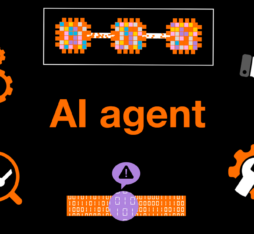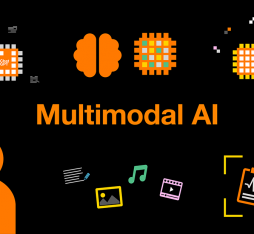“With Smart Capex, we are investing in technical solutions that are simultaneously the most attractive for Orange and the best for our customers.”
In Madrid, Orange Spain’s Data Department and Data Freaks teams are developing dozens of use cases to improve OSP process efficiency. These data experts are tasked with building innovative tools to improve business operations, based on Big Data and machine learning. Their projects focus on business operations and investment processes, as does Smart Capex. Designed to optimize mobile network deployment in Spain, this pilot project should serve as an example for other countries in which Orange is present.
The “Value” of Antennas
Oscar Caballero de la Sen, Chief Data Officer at Orange Spain, said: “In the past, technical KPIs [key performance indicators] were used to determine future investments. If two antennas had the same saturation levels, we would invest in both indiscriminately. But now, we have a wealth of information at our fingertips: Which users are using which mobile relays at any given moment, how much revenue a customer brings to the business and so on. Using this data, we can assign a value to each antenna, meaning decisions can be prioritized.” It is also possible to monitor technical indicators that are important to the customer, especially dropped-call rates and browsing speed. With Smart Capex, all investments are ultimately aimed at improving the user experience, which in turn will automatically reduce churn rates.
Turning Raw Data into Smart Data
Smart Capex analyzes 600,000 events per second from a multitude of sources, including network monitoring, coverage, customer usage and socio-economic data. This input data is processed by two Big Data modules. One calculates all the technical indicators per user: browsing speed, latency, etc. The other shows how and in what proportion each antenna impacts each user and vice versa. It is not only Smart Capex that uses these two modules. Orange customer services also find them useful as they may contact users experiencing a poor service.
Cross-Referencing Advanced Analysis Models
Different levels of models are continuously assessing capacity, coverage and possible actions. “Where the old methods gave us a one-month overview, we can now forecast traffic trends over three years. This means we can better anticipate investments that may take between six and nine months to implement.” The tool leverages economic models to predict the value generated in different deployment scenarios and identifies antennas that will yield the best return on investment.
A Visual Interface for Planning
At the last level, a web-based tool consolidates all the specific actions recommended by Smart Capex, as well as general traffic and network data in the form of maps, lists or tables. The platform’s end users are the network planning teams, in collaboration with finance and marketing. “With Smart Capex, we can reduce the cost of investment or choose to increase the value assigned to each mobile relay. We are optimizing network deployments by investing in technical solutions that are simultaneously the most attractive for Orange and the best for our customers.” This is a new way of thinking about the business for planning teams.
Spain as a Pilot Country
Smart Capex relies on Agile development as well as a team of experts often under the age of thirty, including: business owners, data translators, data scientists, data engineers, data visualization experts, etc. They have eagerly risen to the challenge that they had been set by Orange as part of its “AI Bets Program” initiative. The program, launched in 2018, aimed to create four use cases to improve the Group’s operations through artificial intelligence, with one leading research country for each project. With Orange Spain as its guide, Smart Capex will soon be adapted and rolled out in six countries across Europe and Africa.











